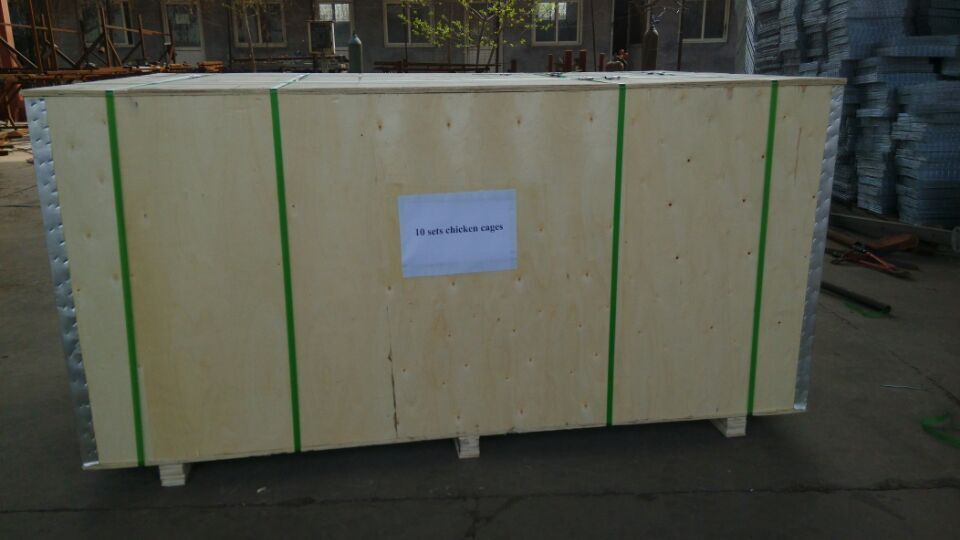layer chicken battery cages
Nov . 12, 2024 14:30 Back to list
layer chicken battery cages
The Layer Chicken Battery Cages An Examination of the Pros and Cons
In the poultry industry, layer chicken battery cages have been a pivotal topic of discussion among animal welfare advocates, farmers, and consumers alike. These cages, designed to house hens for egg production, allow for high-density farming, due to their vertical stacking and compact design. This article explores the advantages and disadvantages of battery cages in layer chicken production, shedding light on the ongoing debate surrounding their use.
The Design and Functionality of Battery Cages
Battery cages are typically small enclosures that house multiple hens in confined spaces. The architecture of these cages maximizes space and allows farmers to produce eggs efficiently. Each cage provides just enough room for the hens to stand, turn around, and lay eggs. The primary advantage of this system is the enhanced productivity it enables. Farmers can rear large numbers of hens in a relatively small area, which subsequently leads to a greater supply of eggs at competitive prices.
Economic Efficiency
From an economic perspective, battery cages offer significant benefits. The cost of production is generally lower because of the space efficiency and the ability to automate feeding and egg collection processes. In a world where food security and affordability are pressing issues, the low cost of eggs produced in battery systems can be an attractive factor for consumers. Additionally, with fewer resources needed for feed and water per egg produced, battery cages can be a sustainable option in terms of resource utilization.
Animal Welfare Concerns
layer chicken battery cages

Despite the economic advantages, battery cages have come under considerable scrutiny for animal welfare reasons. Critics argue that the confined living conditions of hens lead to physical and psychological stress. The lack of space impedes natural behaviors such as nesting, perching, and dust bathing, which are essential for a hen's well-being. Hens in battery cages often exhibit signs of frustration, such as feather pecking and aggression, which can further compromise their health.
Moreover, regulations regarding space allowances for hens vary widely across regions. In some countries, the standards are stringent, while in others, they remain lax. This inconsistency creates a disparity in animal welfare standards globally, leading to public outcry and calls for reform.
Alternatives to Battery Cages
As awareness regarding animal welfare increases, many producers are exploring alternatives to battery cages. Free-range and cage-free systems offer hens the opportunity to roam, forage, and express their natural behaviors. While these systems require more land and may lead to higher production costs, they are increasingly favored by consumers who are willing to pay a premium for eggs produced in more humane conditions.
These alternatives are gaining traction in both local and global markets, spurred by the growing demand for ethically sourced food. Major retailers and food chains have begun to implement policies to phase out battery cages in favor of more humane alternatives, reflecting a significant shift in consumer expectations about animal treatment.
Conclusion
The use of layer chicken battery cages presents a complex interplay of economic efficiency and ethical considerations. While they provide significant advantages in terms of productivity and cost, the associated animal welfare issues cannot be overlooked. As society advances, a re-evaluation of how we approach food production is essential. The movement towards more humane farming practices indicates a growing recognition of the importance of treating animals with respect and dignity. In navigating this crucial conversation, both consumers and producers must seek a balance between economic viability and ethical responsibility in our food systems.
-
Hot Sale 24 & 18 Door Rabbit Cages - Premium Breeding Solutions
NewsJul.25,2025
-
Automatic Feeding Line System Pan Feeder Nipple Drinker - Anping County Yize Metal Products Co., Ltd.
NewsJul.21,2025
-
Automatic Feeding Line System Pan Feeder Nipple Drinker - Anping County Yize Metal Products Co., Ltd.
NewsJul.21,2025
-
Automatic Feeding Line System - Anping Yize | Precision & Nipple
NewsJul.21,2025
-
Automatic Feeding Line System - Anping Yize | Precision & Nipple
NewsJul.21,2025
-
Automatic Feeding Line System-Anping County Yize Metal Products Co., Ltd.|Efficient Feed Distribution&Customized Animal Farming Solutions
NewsJul.21,2025






